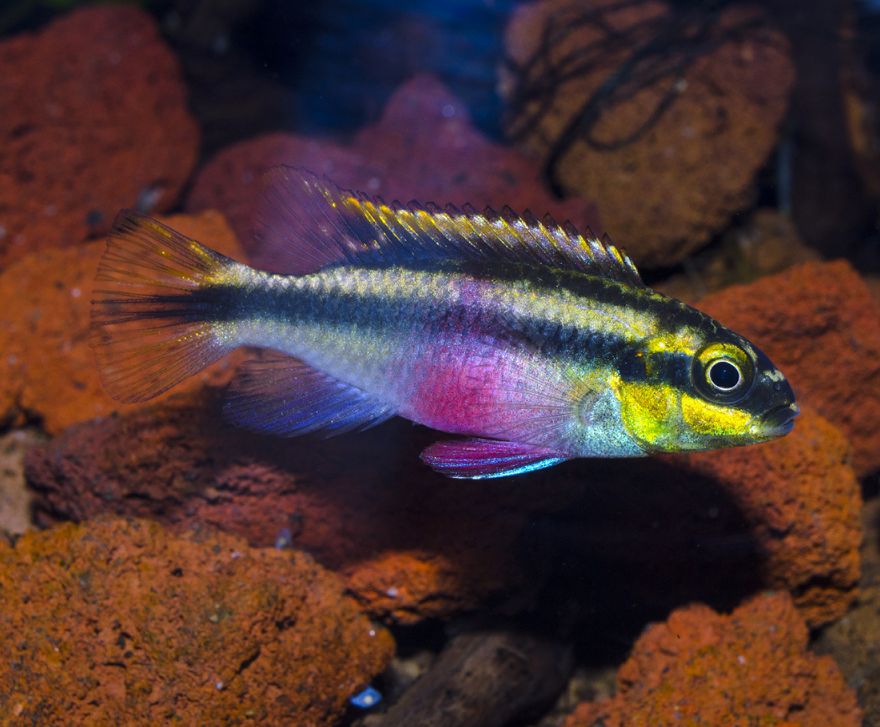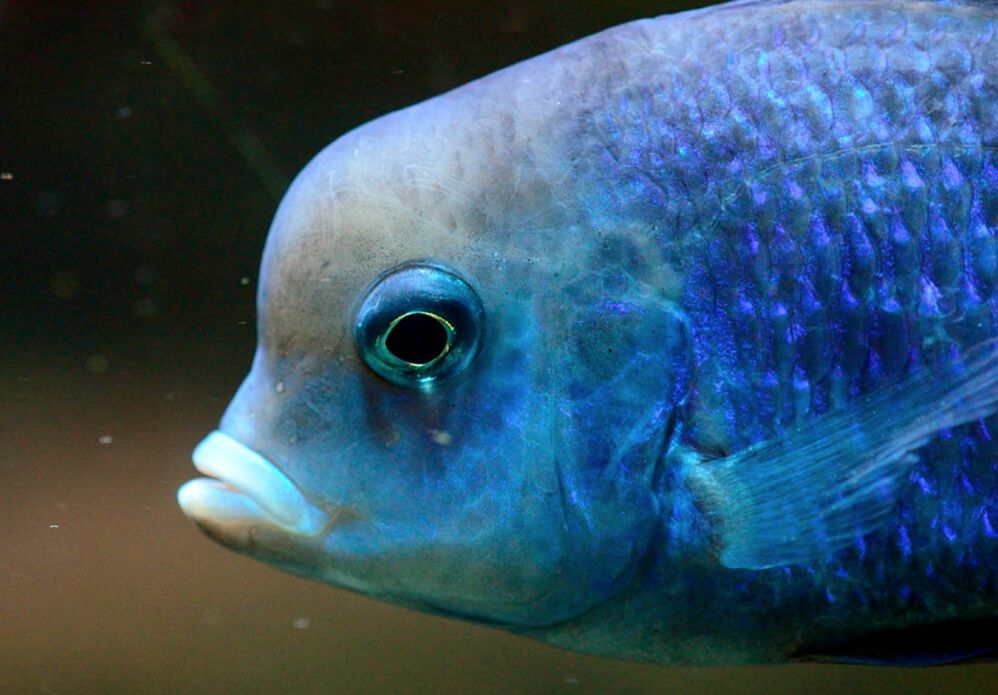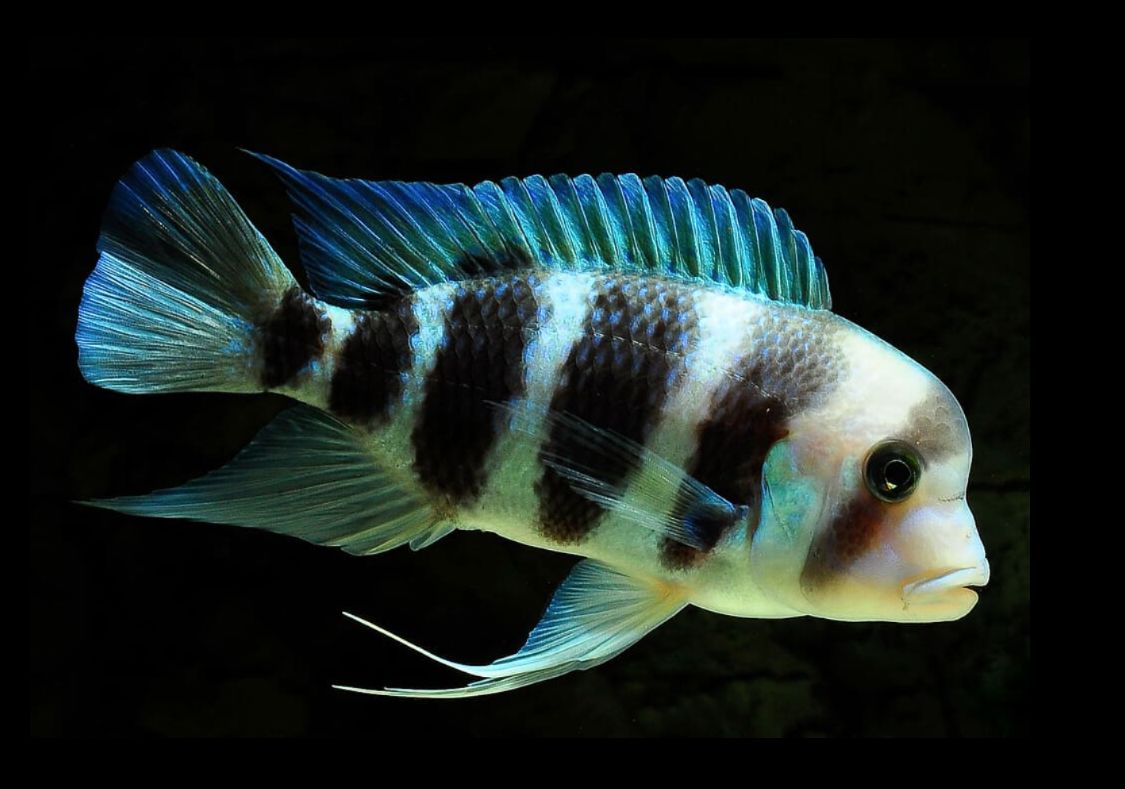Kribensis, a vibrant dwarf cichlid, is a favorite among aquarists due to its striking appearance and relatively low care requirements. The name “Pelvicachromis pulcher” reflects its features: “pelva” means abdomen, “chromis” relates to color, and “pulcher” translates to beautiful, all of which aptly describe this captivating fish. Notably, during spawning, the fish’s abdomen shines and takes on a cherry hue, enhancing its allure. With proper tank conditions, including ample hiding spaces and a balanced diet, kribensis can thrive and bring lively color to your aquarium.



